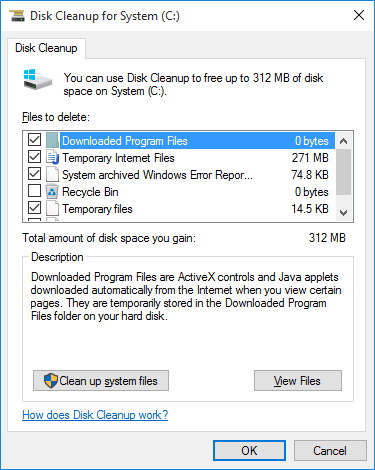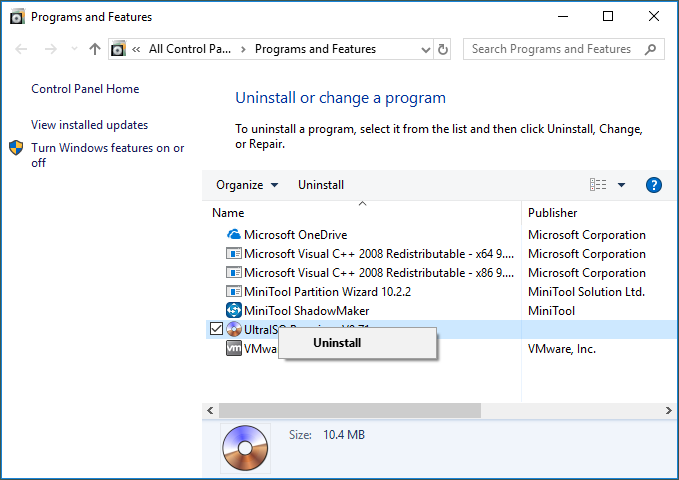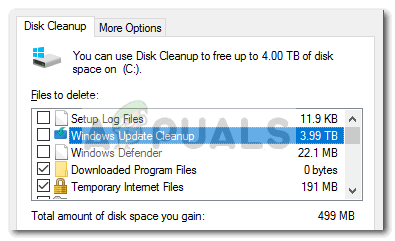
#Windows 10 update disk space install#
Even once installed, you might run into issues with the operating system that will likely never receive fixes from Microsoft as Windows 11 is installed on unsupported hardware.Īlso read: Not seeing Windows 11 update yet? Wait for October 5 to begin plus more reasonsįor most users with incompatible hardware, it is best to simply remain on Windows 10 instead of trying to install the OS on an unsupported computer. However, with the increased system requirements for Windows 11 and requirements for TPM 2.0 support, your mileage may vary and you might not be able to install Windows 11 on a virtual machine successfully.
#Windows 10 update disk space software#
Users can also try and install Windows 11 on a virtual machine using software like Virtualbox or VMWare which will allow them to try out Windows 11 on their existing computer. However, it is worth noting that users will not be eligible to receive Windows Updates if they take this route, and will probably have to manually install Windows updates using the ISO method in the future.Īlso read: Windows 11 review: An inside out makeover After creating one using the image downloaded from the Windows 11 installation media site, users can install Windows 11 manually on their PC.

Users can download the Windows 11 ISO, which is the official disk image released by Microsoft that can be burned to a DVD or, more popularly, used to create a bootable thumb drive that can be used to install Windows 11. Here are your options if you want to install Windows 11 on an older computer. If you have a valid Windows 10 license, you can still attempt to install Windows 11 using the following steps. Needless to say, ‘millions of Windows 10 computers do not meet these requirements.Īlso read: Looking for a smartphone? Check Mobile Finder here.

Devices will also need to come with TPM 2.0 and Secure Boot enabled as well as 4GB and 64GB of RAM and disk storage space, respectively. According to Microsoft, in order to run Windows 11, you need to have (at least) an Intel Core 8th Gen processor, an AMD Zen 2 processor, or a Qualcomm Snapdragon 850 or newer processor.

Before we discuss the options available to users with older hardware that Microsoft has deemed incompatible, it is important to understand what these requirements are.


 0 kommentar(er)
0 kommentar(er)
